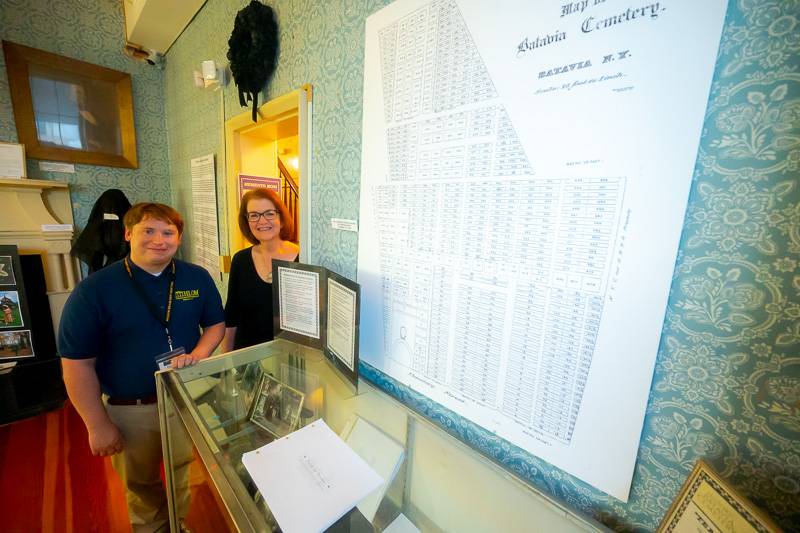
Photo by Howard Owens
The 200-year history of the Historic Batavia Cemetery is on display at the Holland Land Office Museum in a show curated by HLOM Director Ryan Duffy and Cemetery Association President Sharon Burkel.
The display opened on Wednesday.
"All the people who founded this community are buried in there," Burkel said. "These people came from Connecticut, Massachusetts, in the late 1700s, early 1800s. They came in wagons, probably drawn by oxen and horses. I always ask people, would you do that? Would you leave your home in those areas and come this far, make your way through Indian Territory and everything else to establish a city? A lot of them were very influential nationally, like Dean Richmond. These people held a great deal of power. (The cemetery is) Also important when you look at all the streets in the city. All the names on the streets are all the people that are buried in that cemetery. And the reason that it's on the state national register -- because most of their homes and businesses are gone. And that was one of the main reasons we got designated."
Burkel said the city's first cemetery was on South Lyon Street, by the Tonawanda Creek, but when there were floods, bodies washed away, so they moved it over to what is now known as Harvester Avenue but was originally Cemetery Street. It was owned by the Presbyterian Church and the Episcopal Church.
In 1823, the Batavia Cemetery Association was formed and that not-for-profit organization took over ownership and still owns it today.
Duffy said HLOM had some artifacts related to the cemetery, but the association loaned to the museum much of what is on display.
"It was about creating a new space, but also shining light on another local hidden gem that people tend to forget about sometimes," Duffy said.
Preparing the display was an interesting task at times. He had to research what organizations some metal grave markers represented, and some of the artifacts the museum already had in its inventory hadn't necessarily been connected to the cemetery before.
"There was a little bit of detective work going into some of this, which always makes it a little more exciting," Duffy said. "Going through things that are here in the museum, we didn't necessarily know they were connected to people in the cemetery because we hadn't really taken a deep look into them. So it uncovered a lot of things that we didn't even know we had."
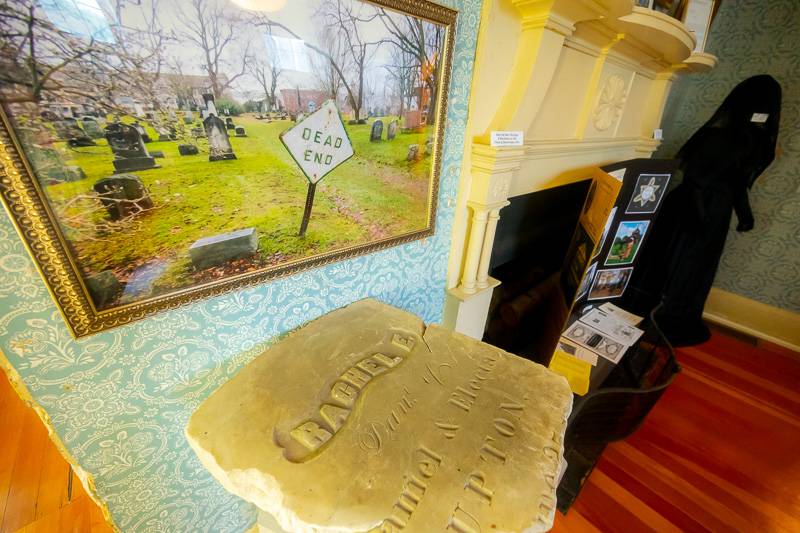
Photo by Howard Owens
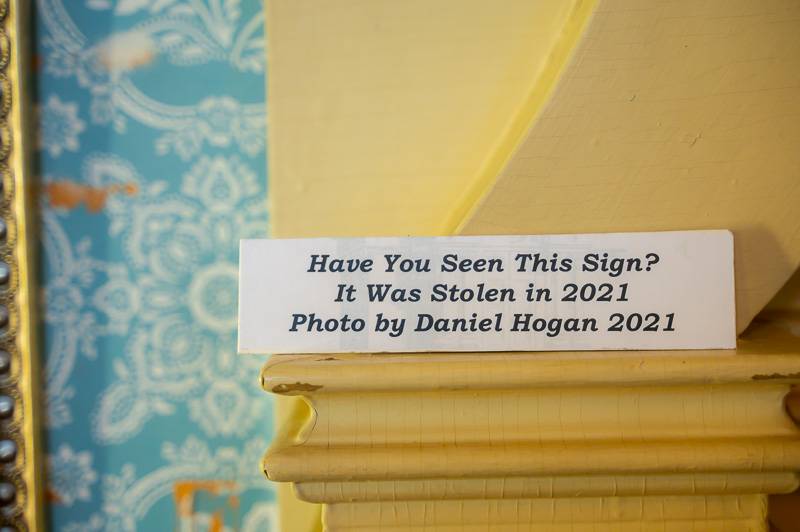
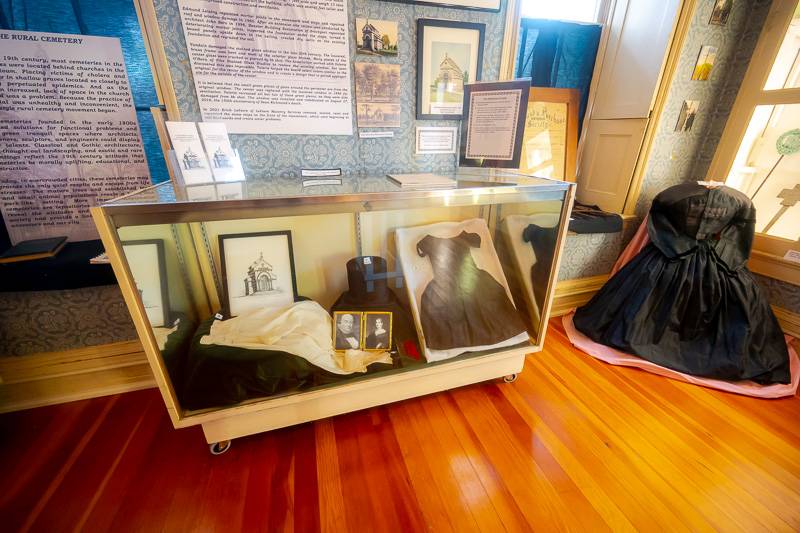
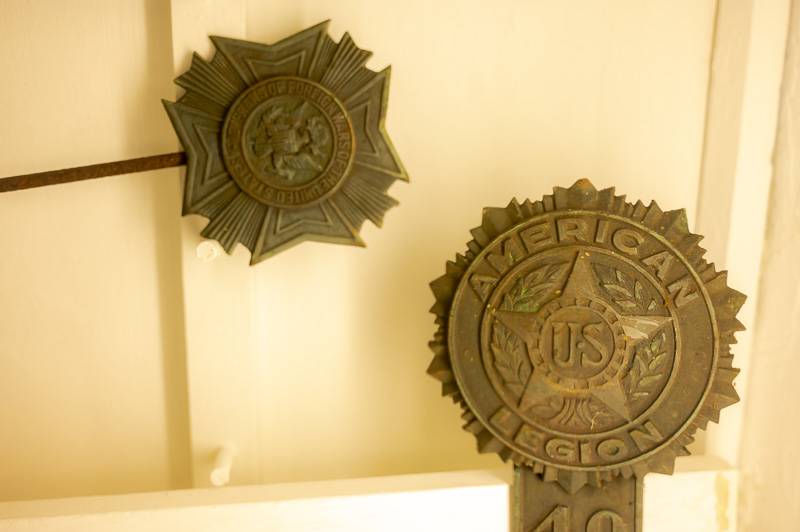
Photo by Howard Owens
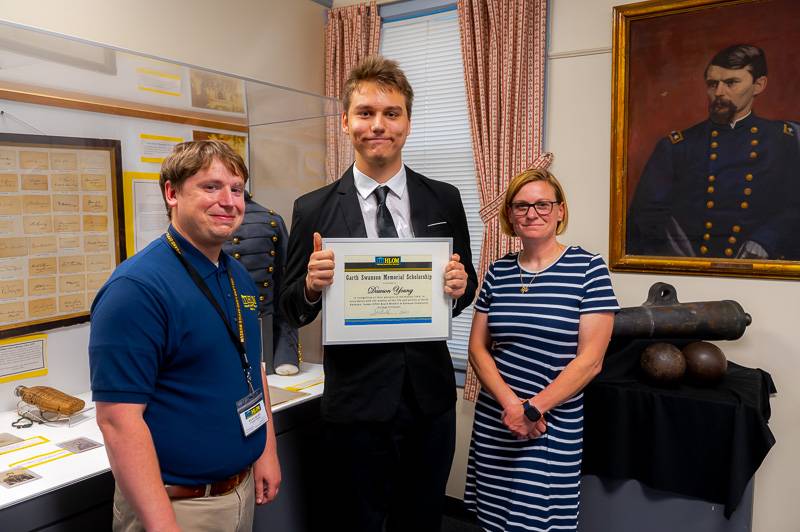
Photo by Howard Owens.
